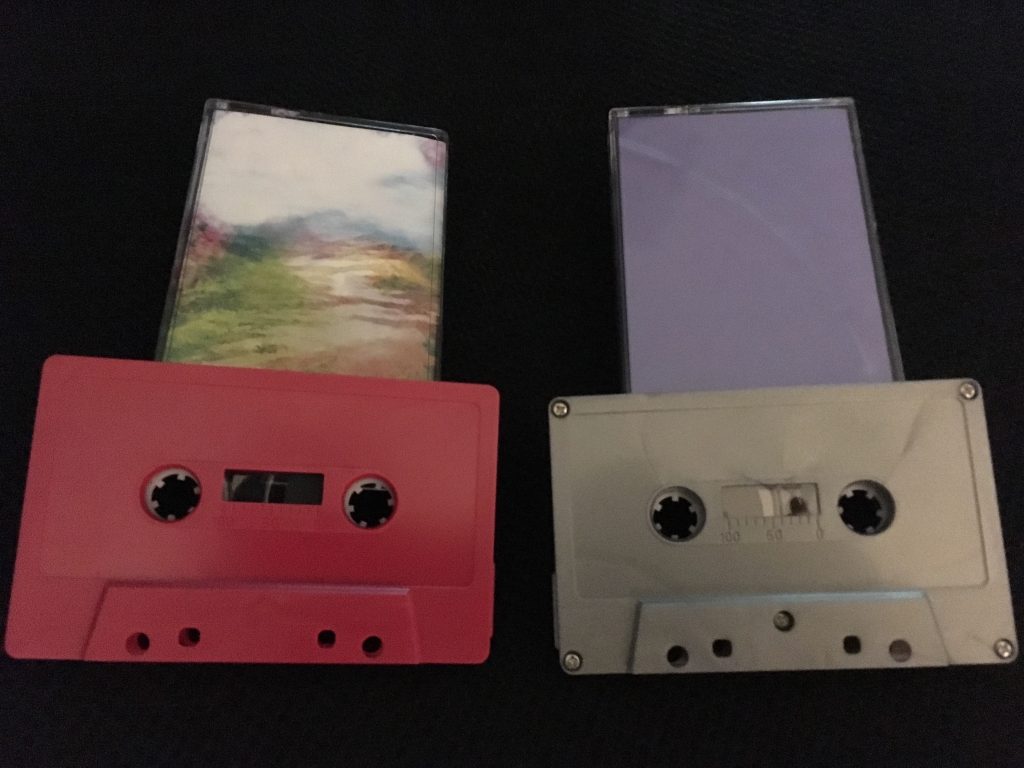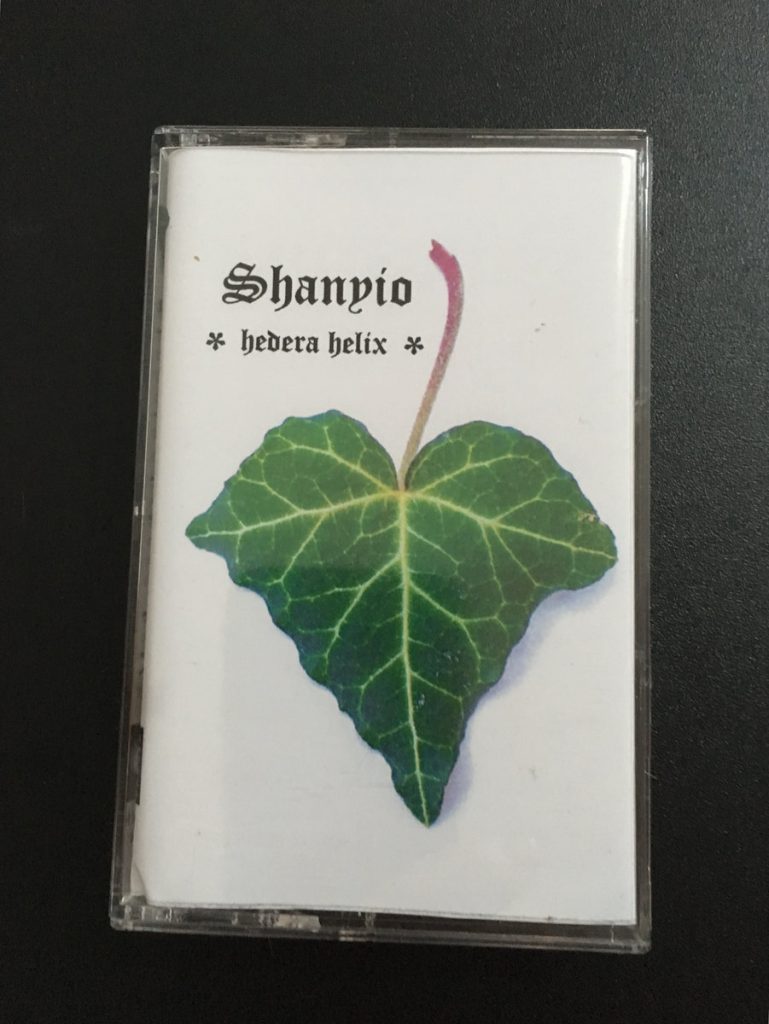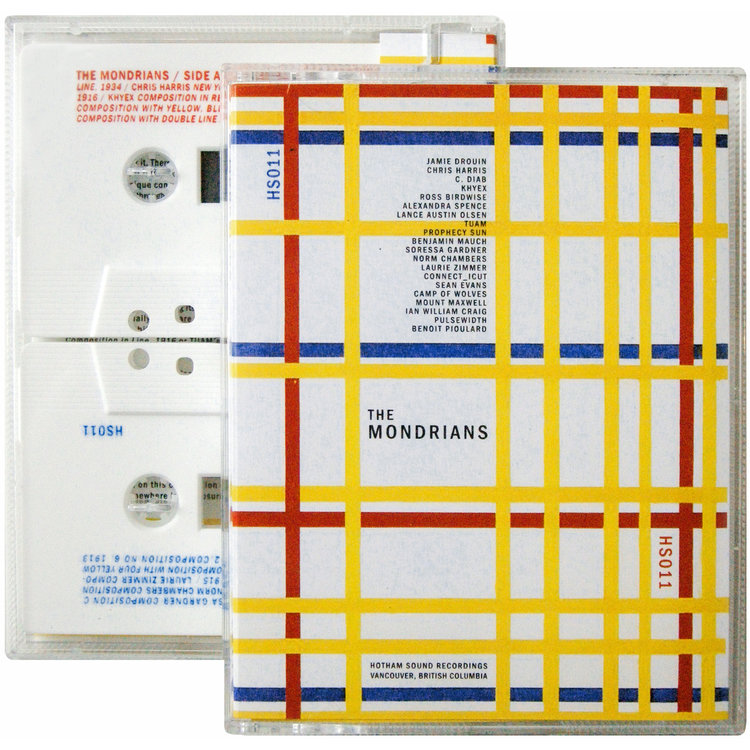4.11.19 by Ryan Masteller

There is a place out in the Midwest where the glistening sun shimmers over a sleepwalking populace. With heads drooped, the people go about their business, their dreams floating to the surface of their everyday lives and disappearing at the first sign of notice. They shake their heads to clear the cobwebs and regain some focus on a forgotten memory or longing, then they return to whatever it was they happened to be doing. It is a place where true life is held hostage by a constant scrabbling toward modern survival.
The place is St. Louis, although it could be anyplace.
Distant Bloom emerges fully formed from the American soil, merging earthly heartache with heavenly beauty. On only their third and fourth releases, the label triples and quadruples down on the life-affirming elements lurking beneath the surface, infiltrating the malaise and ennui and other philosophical-sounding serious words that afflict the modern US of A. Prepare your ears to be cupped gently by the drifting inspiration, and gear up for an onrushing of the feel-goodery that until now has only hinted at its existence from the periphery. We turn first to a baseball diamond carved in the middle of a cornfield.
AZALEAS – DREAM OF FIELDS
“Is this heaven?” you ask, maybe just little sheepishly, knowing the obvious response. “No, it’s Iowa,” Kevin Costner responds, and you know right away that he’s lying because we’ve already determined that it’s St. Louis, which is in Missouri. Still, it’s a fair question and an equally fair rejoinder, but that’s only because it’s been spoken countless times in our modern folklore. But Azaleas, ahem, dream of fields; they don’t haunt a SPECIFIC field or have anything to do with Archibald “Moonlight” Graham. In fact, one would be hard-pressed to suggest that they haunt anything – they just kind of grow, bloom (a pattern here), and exist, flowers of sound beautifying and nourishing the immediate space that Azaleas find themselves in. “Dream of Fields” is one piece split over two sides, an eyes-shut meditation of pastoral beauty and vibrant inner landscapes. The trio of Alice Andres-Wade, Kyle Wade, and Kat Andres taps a radiant new age vein, pollenating minds with effervescent soundscapes and promoting new and healthy mental growth. Plus, $1 of every tape benefits The Spot, a youth center in St. Louis.
BRET SCHNEIDER – CONSTELLATIONS
If “Dream of Fields” is not heaven, then what are we to make of Bret Schneider’s “Constellations”? They certainly sound like they dot the night sky, twinkling in ever-present locations on the star map as our universe continues to expand outward at an incomprehensible rate. You really ought to stop and think about how physics works here, because it’ll simply blow your mind at how difficult it is for the human mind to pin down interstellar movement and relativity. Talk about shaking you out of your stupor! You’ll spend the rest of the day trying to figure out the meaning of it all. Maybe the rest of your life. Schneider’s cool with that – he’s here to help, after all, with “Constellations,” a glorious starburst of quietly overwhelming synthesizer oscillations that sparkle and reverberate just for you – that’s right, just you with your telescope and the chunky Walkman and an unobstructed view of the night sky. “Constellations” is the perfect soundtrack. It’s like you’re in a planetarium, but it’s not a planetarium, it’s the real thing, and all of time and space comes rushing at you as you let every memory and every dream and every particle of matter take over your body all at once. Did I say overwhelming already? I did? I meant it. And here, too, $1 of every cassette purchased goes to the National Coalition Against Domestic Violence.
Both tapes come in an edition of 50 from Distant Bloom. Have at it!




